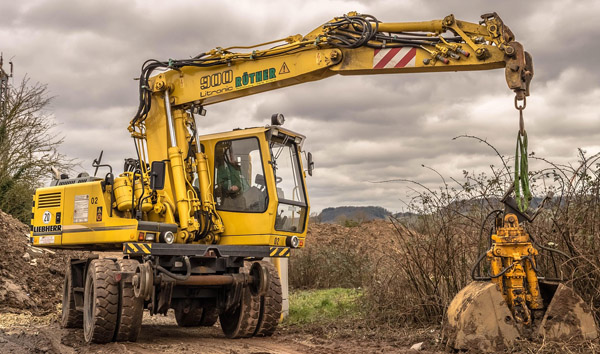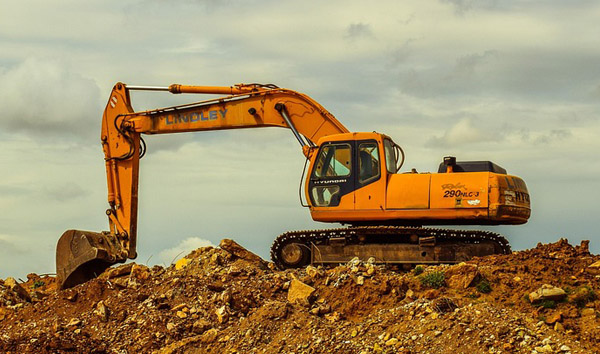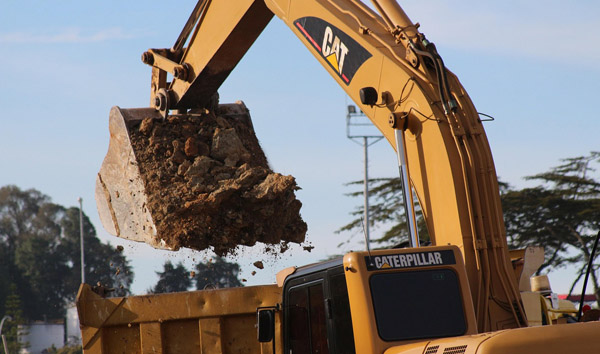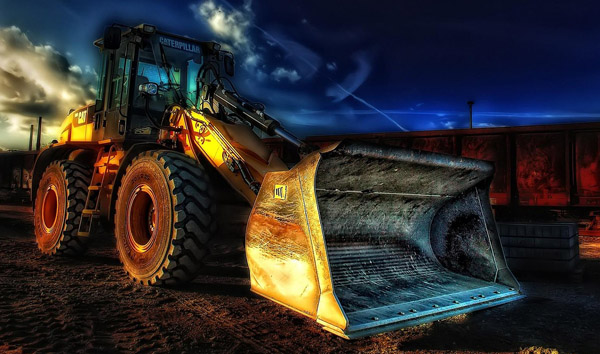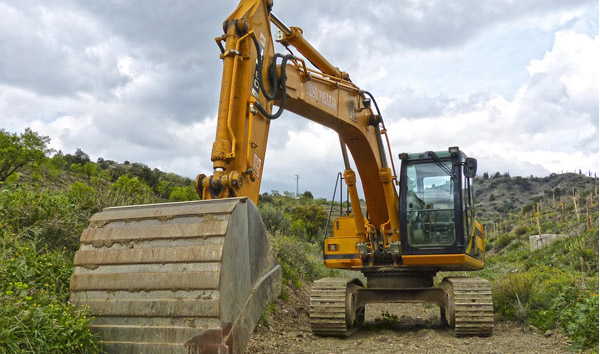Navigating the Capabilities of Modern All-Terrain Forklifts
2025-08-03 04:45:30
All-terrain forklifts are engineered to handle rugged environments, combining mobility with lifting power. Key specifications include load capacities ranging from 5,000 to 12,000 lbs, depending on the model. These machines feature reinforced chassis and heavy-duty tires, ensuring stability on uneven surfaces. Advanced hydraulic systems enable precise load handling, while diesel or hybrid engines provide the torque needed for off-road operations. Such forklifts are indispensable in construction, agriculture, and logistics sectors where conventional forklifts falter.
The undercarriage of all-terrain forklifts is designed for durability, with specifications often including oscillating axles for improved traction. Ground clearance typically exceeds 10 inches, allowing navigation over obstacles like rocks or debris. Tire options range from solid pneumatic to foam-filled, balancing puncture resistance with weight distribution. Additionally, these forklifts incorporate dynamic braking systems to prevent slippage on inclines. For operators, specifications like ergonomic cabins with shock-absorbing seats enhance comfort during prolonged use in harsh conditions.
Engine performance is a defining specification for all-terrain forklifts. Most models utilize turbocharged diesel engines with horsepower ratings between 75 and 120 HP. Fuel efficiency is optimized through variable-speed transmissions, reducing operational costs. Emission standards compliance (e.g., Tier 4 Final) is another critical factor, ensuring environmental regulations are met. Some newer models integrate electric-hybrid systems, offering quieter operation and lower emissions without sacrificing power—ideal for eco-sensitive job sites.
Load-handling specifications for all-terrain forklifts include lift heights up to 20 feet and mast tilt angles of 5-10 degrees for secure stacking. Side-shift functionality is often standard, improving placement accuracy in confined spaces. For specialized tasks, attachments like clamps or rotators can be integrated, though these may affect load capacity. Stability is ensured through wide wheelbases and counterweight systems, with some models featuring automatic load-sensing technology to prevent tip-overs.
Industry data underscores the growing demand for all-terrain forklifts, with global market projections exceeding $4.5 billion by 2027. Specifications like telematics integration—enabling real-time diagnostics and GPS tracking—are becoming industry norms. These forklifts are increasingly deployed in disaster recovery and mining, where their rugged specifications outperform traditional equipment. As technology advances, expect innovations like autonomous operation and AI-driven load optimization to redefine all-terrain forklift capabilities further.




